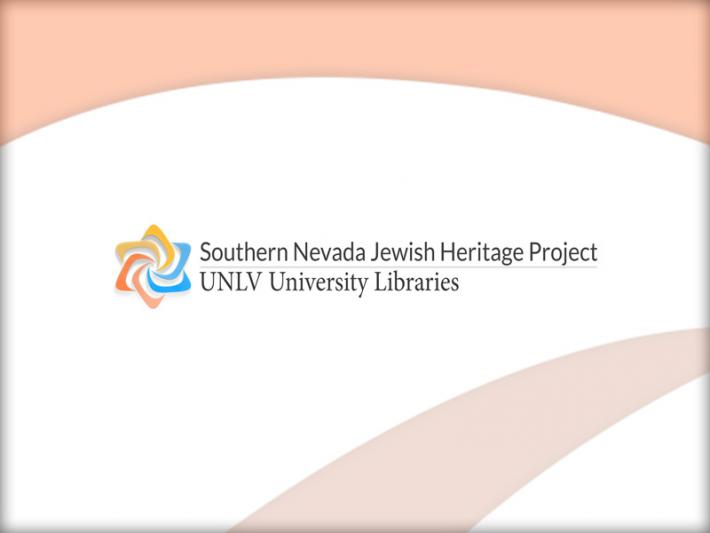Stanley Schwartz

Stanley Schwartz (1926-1995) was a Las Vegas, Nevada businessman and co-owner of Schwartz Brothers Clothing, located in the Fremont Street business district from the late 1950s to 1970s. Schwartz was born on May 13, 1926 in Cheyenne, Wyoming. He attended Colorado Military School in Denver, Colorado and the University of Southern California. He left the university without a degree and went into the merchant tailoring business in Los Angeles, California. After that business went bankrupt, he moved to Las Vegas with his brother, Seymour Schwartz, around 1951 and started Schwartz Brothers Clothing. Schwartz Brothers Clothing was located on Main Street for five years before it moved to Second Street, then in 1957 the business relocated to 303 Fremont Street, which was the heart of the business district at the time. The store was located on Fremont Street for 22 years, during which time Stanley Schwartz was president of the Downtown Merchants Association for three or four years. The Schwartz brothers also operated the men's and boys' departments in the Wonder World discount stores, and later the artificial flower department. In the 1960s they opened additional stores including Knight and Squire in 1961 and Pants and Plants in 1967. In the 1970s Schwartz Brothers changed from a regular-size, branded business into a specialty "big and tall" store. Stanley Schwartz died on June 8, 1995.
Source:
Schwartz, Stanley. Interview, 1980 March 1. OH-01653. Transcript. Oral History Research Center, Special Collections, University Libraries, University of Nevada, Las Vegas. Las Vegas, Nevada.
View Related Items View Oral History Listen to Audio Clip





